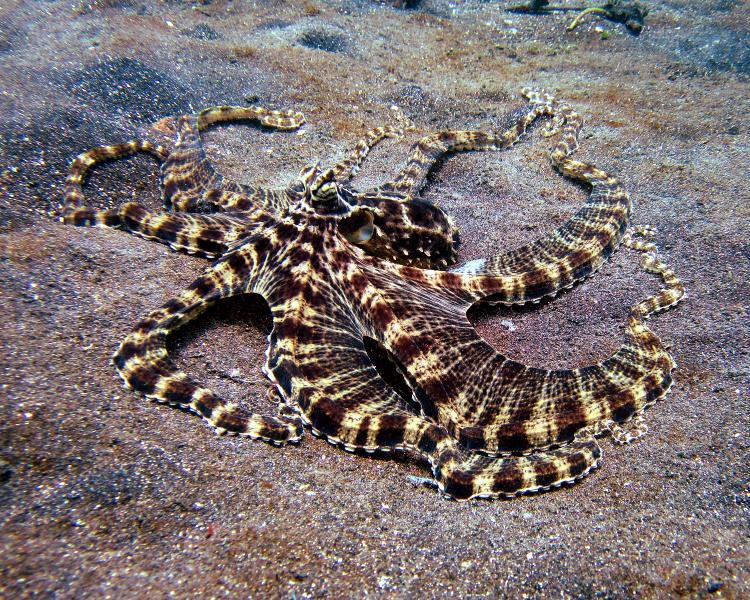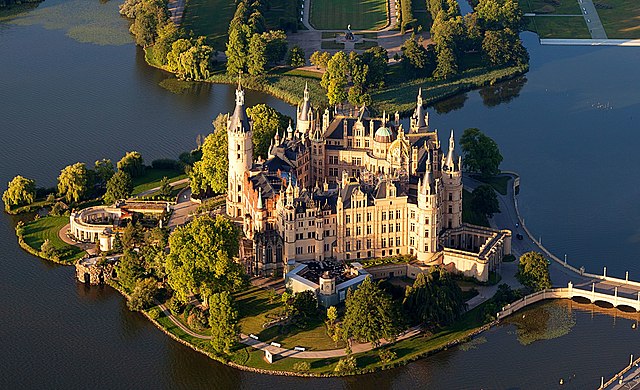We just learned about the Rocket Engine.
Another part of rocket science is the Thrust.
We learned that a rocket has propellant in a tank, and an engine that burns up that propellant and pushes the burning fuel out the back of the rocket at the nozzle.
As the fuel is being burned and pushed out of the nozzle, the rocket is pushed along through the air.
That push is called THRUST.
Some rocket engines have a lot of thrust and make rockets go very fast, blasting off into outer space.
Others only have a little bit of thrust, but they are very careful about exactly how much thrust they make in the right direction, like for steering a rocket.
Scientists have to know exactly how much thrust a rocket will have, so they know how much propellant they need, and how big of a tank to use and the shape of the nozzle.

(from: wikipedia - rocket engine)
Kid Facts - Blast from the past: Hole Saw















